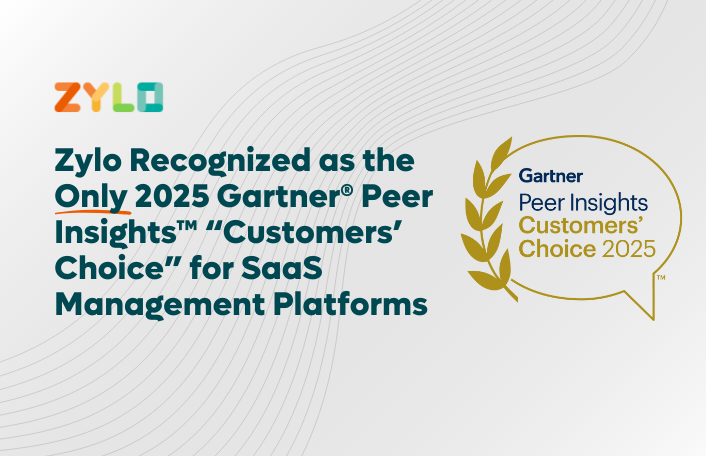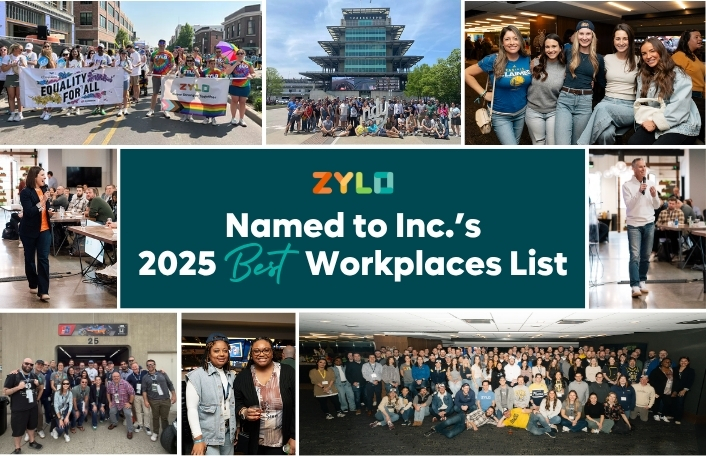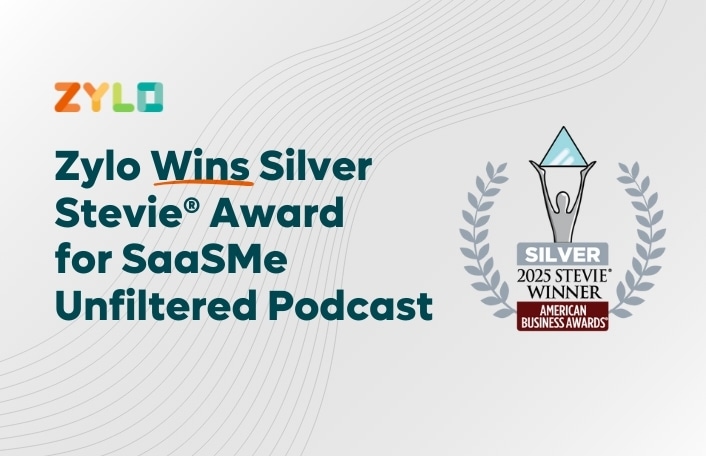
Zylo Recognized as the Only “Customers’ Choice” Provider in 2025 Gartner® Peer…
Zylo is the only provider recognized as both a Gartner Magic...
Back
Back
Search for Keywords...
News & Press

05/31/2017
Throughout my career, I’ve often gotten questions about the role of procurement. In fact, it happens pretty much whenever I meet new people and talk about my job. The answer that I want to respond with is, “Procurement helps companies strategically assess and manage external spend, and find new and innovative ways to partner with their suppliers and drive bottom-line results.”
To me, that’s what I used to do, and that is where my passion was focused. But in an effort to simplify things, I have always responded with, “Procurement negotiates large contracts and saves a company money.” That’s a pretty big gap in my personal belief of procurement and it’s critical strategic role and value, and what I believed others would actually understand and buy into.
So, what does procurement really do?
So what does procurement really do? And what drives and motivates them? And what is the best way to partner with them?
After a 15 year career in indirect procurement, in both corporate and consulting roles, I decided to take a leap and make a giant career shift out of the comfortable corporate life, and into the tech startup race. I’m helping launch a new technology platform designed to address specific issues that I had experienced during my career. Now I’m on the other side of the buyer-seller table, and it’s enlightening.
How does procurement view themselves and how can you get the most out of your partnership?
To understand what drives procurement, you first need to understand what the most sought-after “title” is, for any resource or team: trusted advisor. It’s a term that I used and heard throughout my time in procurement-related consulting and corporate roles.
Why is that? It’s because the heart of what procurement wants to deliver within an organization is value. More often than not, the perception from outside teams is that Procurement is solely focused on savings and will negotiate pricing just for the sake of negotiation. Organizational savings is a very important part of what procurement is driving. More importantly, they also drive toward a much more strategic vision than that. What does that mean?
Procurement strives to be full-service concierge for the business. They not only want to help execute a deal, but they also want to guide the deal through the corporate process, while hopefully learning enough about the deal to provide experienced guidance to the business teams around not only pricing, but requirements definition, demand management, and process definition and efficiency. In total, Procurement wants to be the one-stop shop for all-things related to the buying process.
So how can you work with procurement?
A few key steps to success:
How does your organization engage with procurement? What advice would you offer to create a closer bond? Let us know in the comments section below.
Original coverage from EBN Online, May 31, 2017

Zylo is the only provider recognized as both a Gartner Magic...

Positioned furthest in vision and highest in execution for the second...

Zylo’s standout employee engagement leads to national recognition for workplace excellence...

Recognized as “a benchmark for thought leadership in SaaS Management,” Zylo’s...
| Cookie | Duration | Description |
|---|---|---|
| cookielawinfo-checkbox-analytics | 11 months | This cookie is set by GDPR Cookie Consent plugin. The cookie is used to store the user consent for the cookies in the category "Analytics". |
| cookielawinfo-checkbox-functional | 11 months | The cookie is set by GDPR cookie consent to record the user consent for the cookies in the category "Functional". |
| cookielawinfo-checkbox-necessary | 11 months | This cookie is set by GDPR Cookie Consent plugin. The cookies is used to store the user consent for the cookies in the category "Necessary". |
| cookielawinfo-checkbox-others | 11 months | This cookie is set by GDPR Cookie Consent plugin. The cookie is used to store the user consent for the cookies in the category "Other. |
| cookielawinfo-checkbox-performance | 11 months | This cookie is set by GDPR Cookie Consent plugin. The cookie is used to store the user consent for the cookies in the category "Performance". |
| viewed_cookie_policy | 11 months | The cookie is set by the GDPR Cookie Consent plugin and is used to store whether or not user has consented to the use of cookies. It does not store any personal data. |
